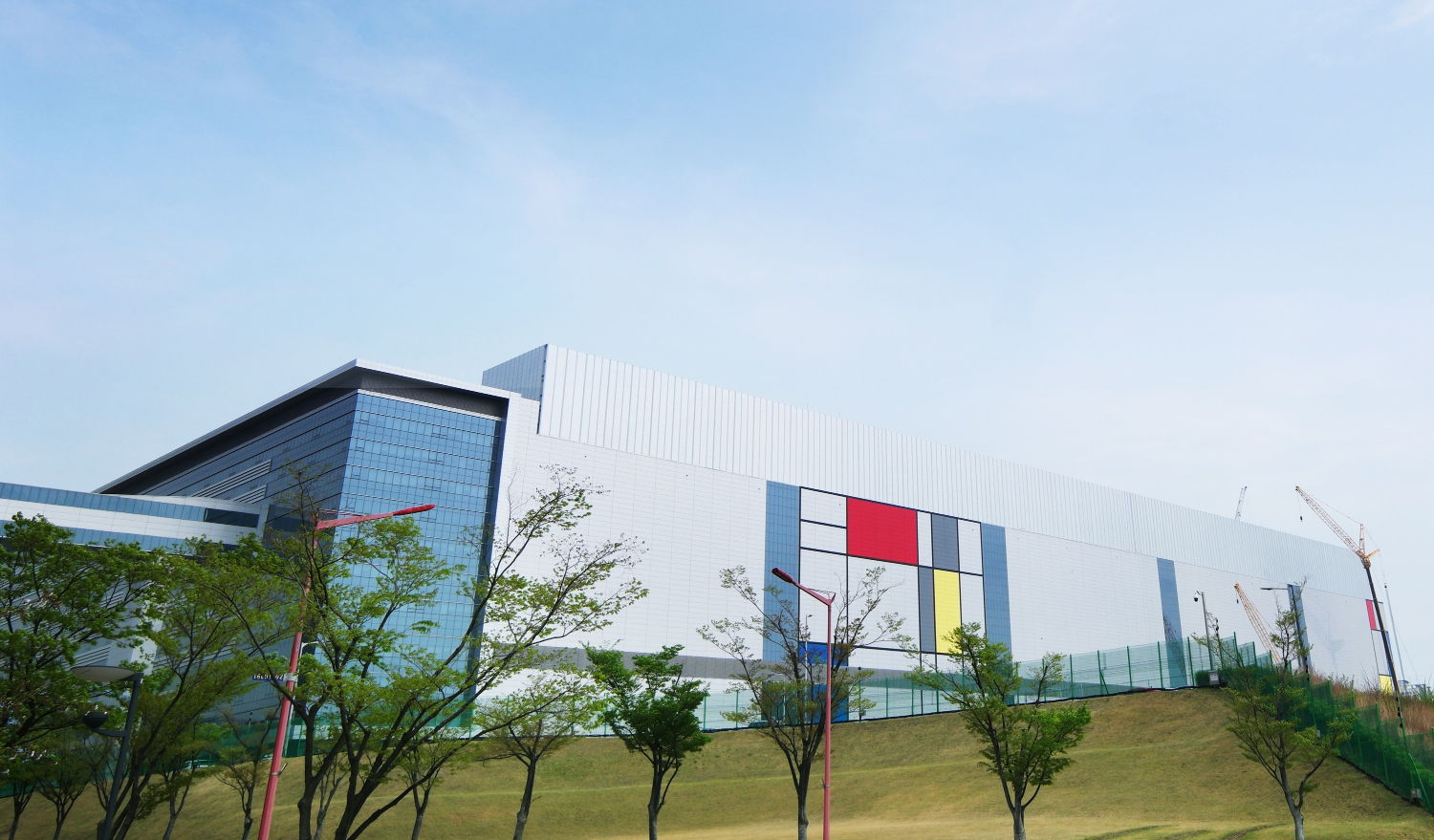Samsung Completes 5nm EUV Process Development

Samsung won't let go of the semiconductor market's throne without a fight. The company announced today that it's completed development of its 5nm FinFET process and is ready for customers' samples, adding yet another new technology to its armory, despite the DRAM market's decline.
The general consensus is that Samsung will cede leadership of the semiconductor market to Intel this year. IC Insights predicted as much in March, and Gartner agreed earlier this month, with its research vice president saying the company's "lead is literally built on sand." The problem doesn't seem to lie with Samsung itself--the DRAM market at large is struggling as demand has yet to meet supply despite rapidly falling memory prices.
Samsung has responded to concerns about the DRAM market by regularly announcing new technologies. In recent months it's revealed:
- The first LPDDR5 SDRAM module
- The first embedded magnetic random access memory (eMRAM) product
- The first HBM2E-compliant product
- The first third-generation, 10nm-class (1z-nm) 8Gb DDR4 DRAM
- The doubling of its investment in a new factory in Hwaesong
Now the company's added the 5nm EUV process to that list. Samsung said in its announcement that its completed 5nm EUV process "provides up to a 25 percent increase in logic area efficiency with 20 percent lower power consumption or 10 percent higher performance as a result of process improvement to enable us to have more innovative standard cell architecture" when compared to the existing 7nm process technology.
The company also said that it can reuse much of the intellectual property developed alongside its 7nm process. That's supposed to allow its existing customers to "greatly benefit from reduced migration costs, pre-verified design ecosystem and consequently shorten their 5nm product development." In other words, Samsung wants the transition to this new process technology to be as seamless as possible so it can grow quickly.
Will that be enough to prevent the 20 percent dip in DRAM market revenues Gartner predicted Samsung would suffer this year? Probably not. But as we've noted before, the company is laying the groundwork so it can grow alongside the DRAM market once it recovers, instead of resting on its laurels and letting other companies better position themselves to capitalize on that renewed growth. Thrones can be retaken.
Stay On the Cutting Edge: Get the Tom's Hardware Newsletter
Get Tom's Hardware's best news and in-depth reviews, straight to your inbox.

Nathaniel Mott is a freelance news and features writer for Tom's Hardware US, covering breaking news, security, and the silliest aspects of the tech industry.